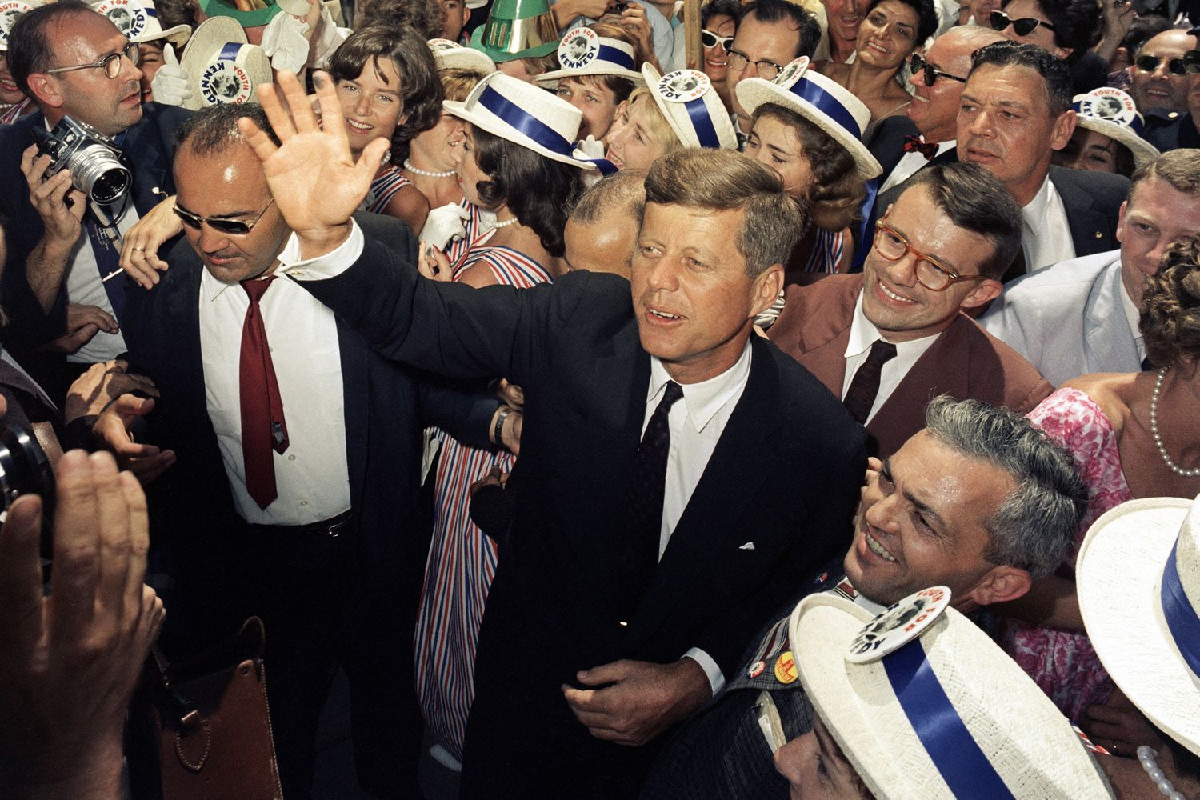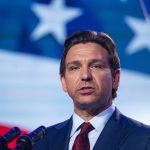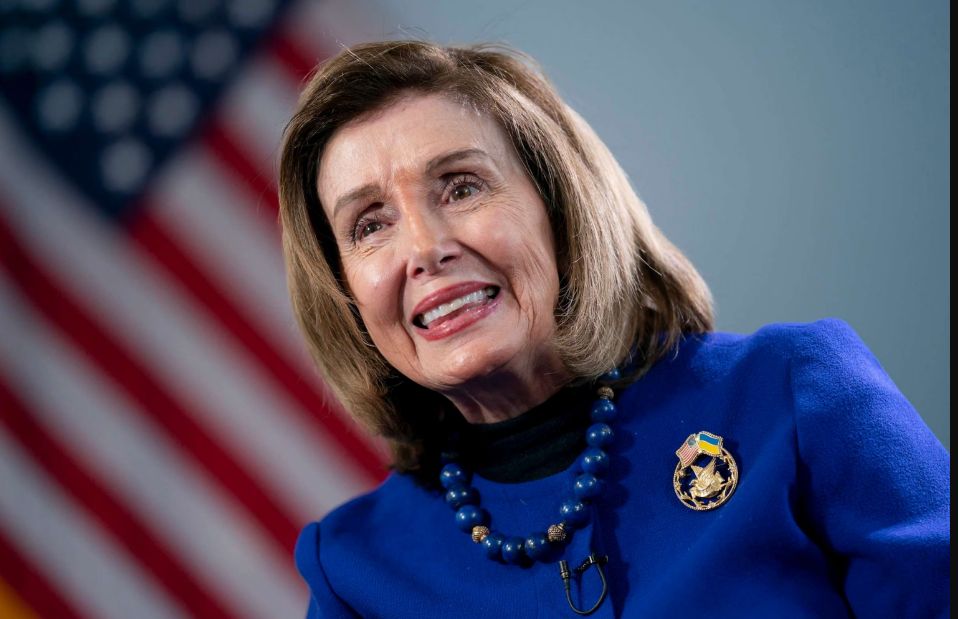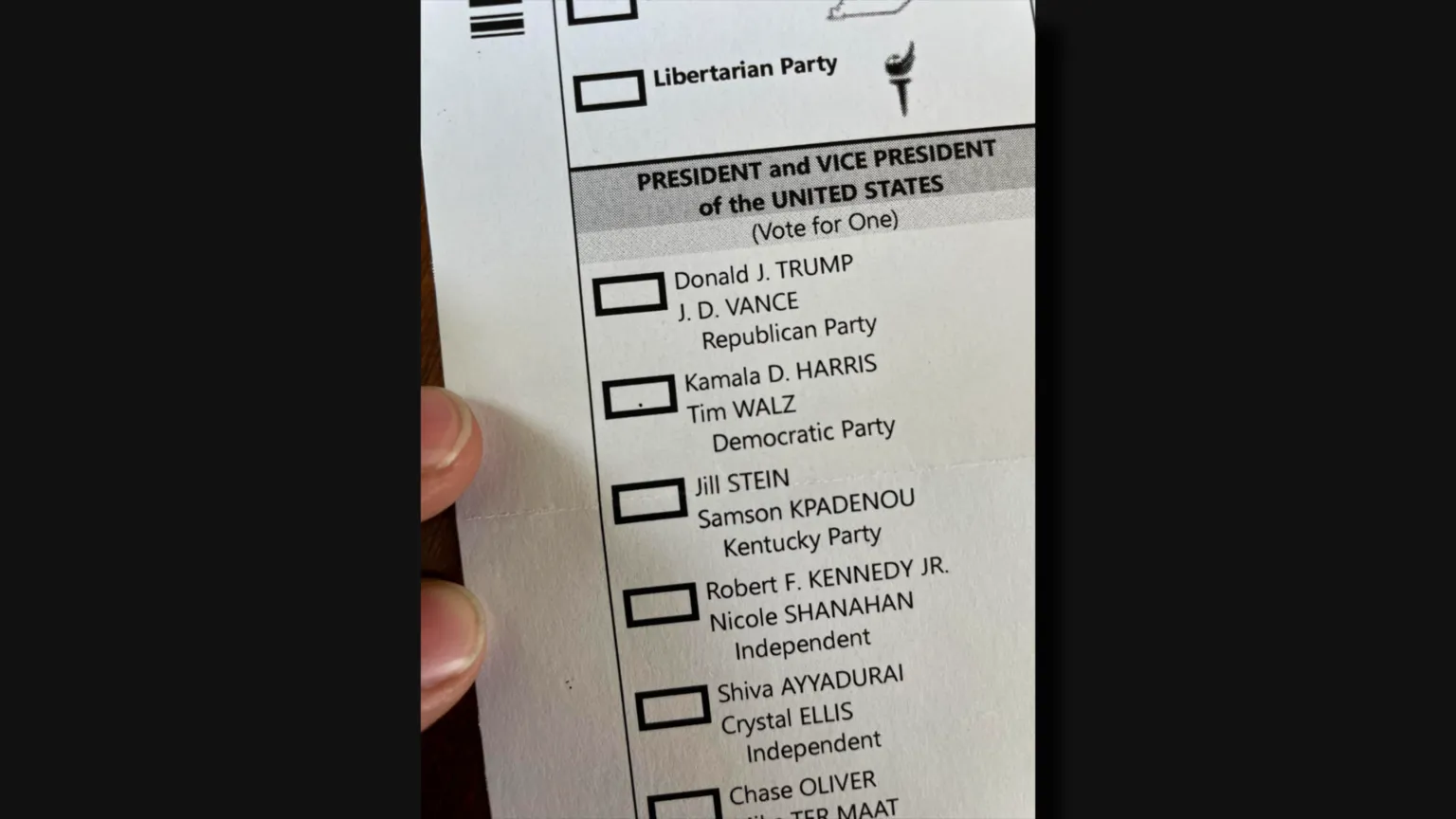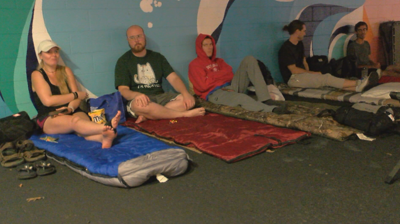The Diminishing Spectacle: Unraveling the Decline of Trump’s Rallies
In the heyday of MAGA fervor, Donald Trump’s rallies were a ubiquitous spectacle, a crescendo of political enthusiasm that echoed across the nation. However, a marked shift is evident in the current landscape as Trump’s once-flamboyant rally schedule dwindles to a mere fraction of its former glory.
During the 2016 campaign, Trump’s campaign trail resembled a whirlwind, hosting a staggering 323 rallies between the primary and general elections. Even during the tumultuous period of COVID-19 in 2020, he managed nearly 70 rallies. Fast forward to the present, and Trump’s rally schedule has seen a significant reduction, now settling at approximately two per month in the lead-up to Iowa.
Multiple factors contribute to this decline. Legal challenges, a crowded court schedule, and the financial considerations of hosting extravagant rallies all play a role. Trump’s legal risks have led to a more cautious approach, with events now billed as speeches rather than rallies. The cost-saving and messaging benefits of this strategic shift are evident.
As a former senior Trump adviser noted, “Given he has legal risk on many fronts, I’d probably do the same just to minimize anything that would mess up his legal defense.” The intricacies of campaign financing also come into play, with the Trump campaign now navigating the constraints of using the “Save America” leadership PAC for legal expenses.
Trump’s rallies, while crucial for energizing his base, come with a hefty price tag. Costs, ranging from setup and travel to venue rental and security, can run into the low to mid-six-figure range, sometimes reaching $2 million. The financial strain has led to a more judicious approach, aiming to streamline expenses.
The Trump campaign insists that the current strategy is effective, pointing to their dominance in polling and fundraising. However, the ambiguity lingers about when the multi-rally days will return, leaving observers to speculate on the future of Trump’s campaign trail.
In this recalibration, Trump faces the challenge of balancing legal prudence with the need to maintain the fervor of his political base. The evolution from flamboyant rallies to more restrained speeches signifies a strategic adaptation in the face of legal uncertainties and financial considerations.
The decline of traditional Trump rallies also reflects in the former president’s onstage dynamics. Tangents and attempts to connect with the audience are met with varying degrees of success, highlighting the changing landscape of Trump’s engagement with his supporters.

